The Firs, located in Worcestershire and not far from Worcester, is the birthplace of Edward Elgar, an English composer. The house and museum have been managed by National Trust since 2017, but there is a five-year lease on the management of the property through National Trust. Edgar was born in the cottage and lived here for a couple of years before his family moved to Worcester. He would move around often throughout his life, but he had some fascination for the little cottage for it to be purchased by his daughter and established as a museum in 1934. The museum is a modern building with information about Elgar and a short film about his life, and visitors can also see the cottage and its garden.

The museum showcases Elgar and his life, and it includes a short film and original personal items. Elgar's study is included in the museum complete with desk, grandfather clock, and other personal items. The museum also contains manuscripts that Elgar has written on and over 11,000 letters to and from Elgar from friends, family, and work. There are also family scrapbooks and photograph albums, awards, and more.

Edward Elgar was born in the mid-1800s in the cottage, and his family lived here for a couple of years before moving to Worcester. He moved around a lot in his life. His father was a piano tuner, and Elgar would often visit wealthy homes with his father to tune pianos, so this is probably how he got interested in music without any formal training in it. His mother was a farmer's daughter, and she was interested in literature and nature. With Elgar's gifts in music, he became England's greatest composer for 200 years.
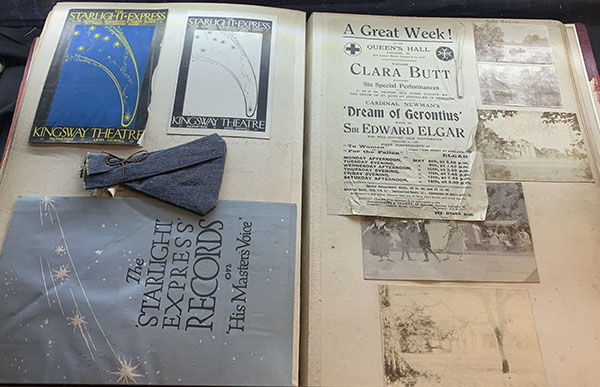
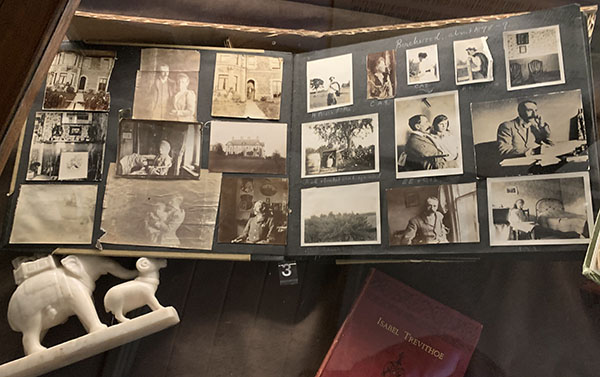
Elgar was not wealthy, so he could not seek formal musical training. However, he managed to work in musical jobs where he provided training and took odd music-related jobs. He soon began to write music and anthems for choirs, the church, and musical festivals around the midlands. He played in orchestras and for a lunatic asylum.
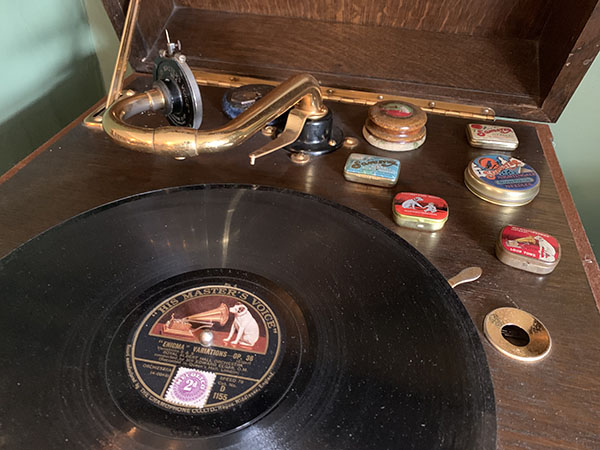
He shot to fame in the late 1800s when he composed "Enigma Variations", and he started to win many awards for his ceremonial music.
Elgar was in tune with nature, and he was very much inspired (or not inspired) by his surroundings. He moved around with his family a lot, and they spent one year in London before moving back to the countryside so that he could focus on putting his mind into composing the music. Some of his work was also inspired by great stories in literature.
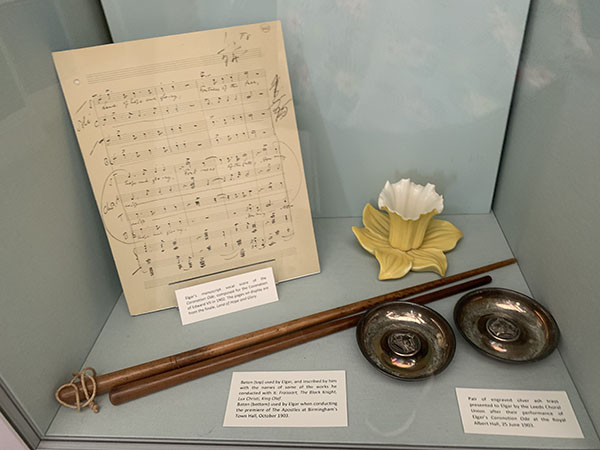
A piano owned by the family was also on display in the museum.

Below is an image showing Eldgar's study reconstructed.
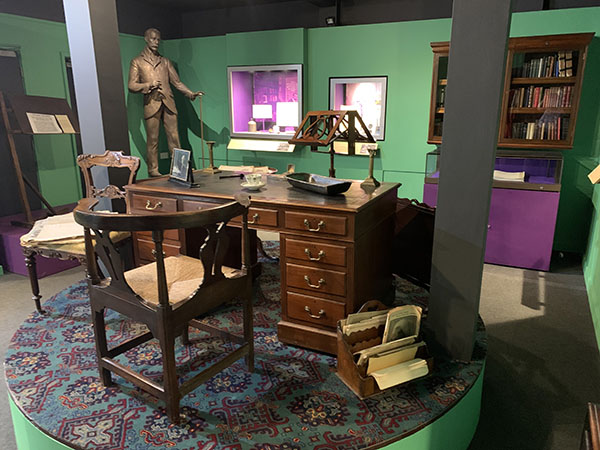
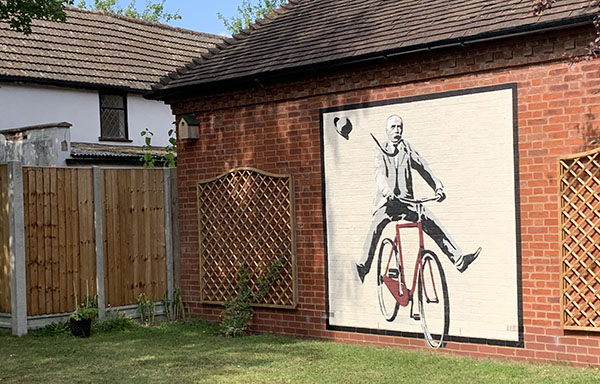
The garden contains some interactive musical equipment and an image of Elgar on his bike. He enjoyed travelling and cycling.
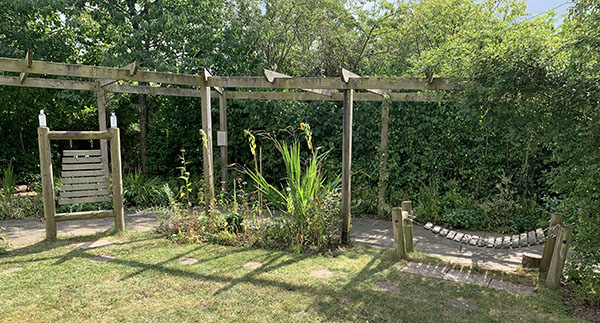
The cottage has its own little cottage garden with nice views over the house.

There are three rooms downstairs to see and three upstairs. The cottage is set up like a museum with the composer's personal items scattered around along with other information.


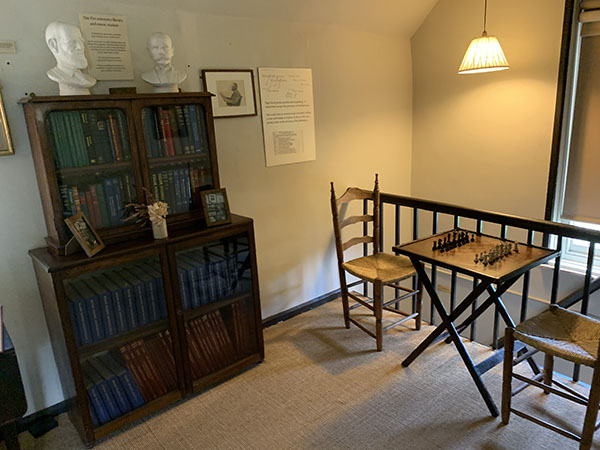

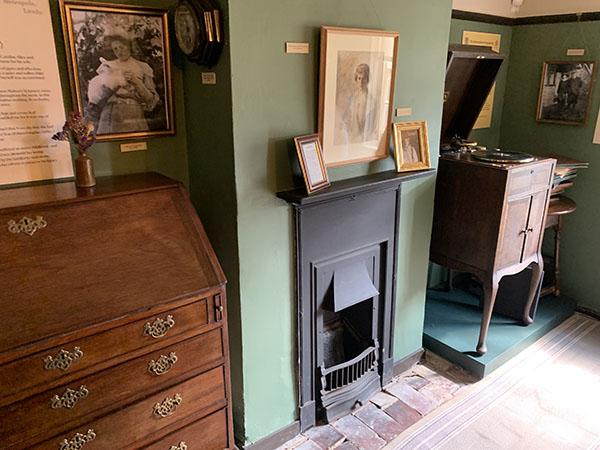
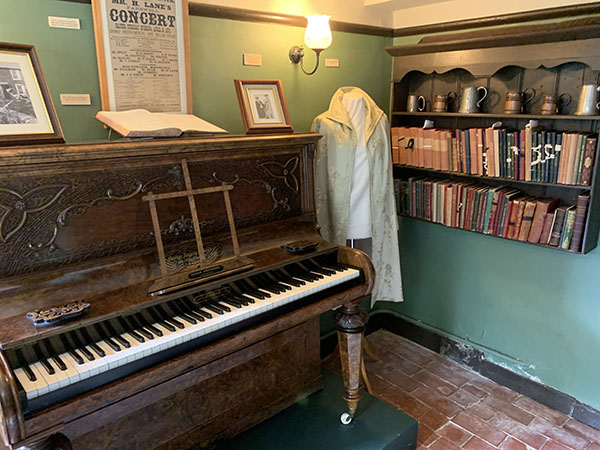
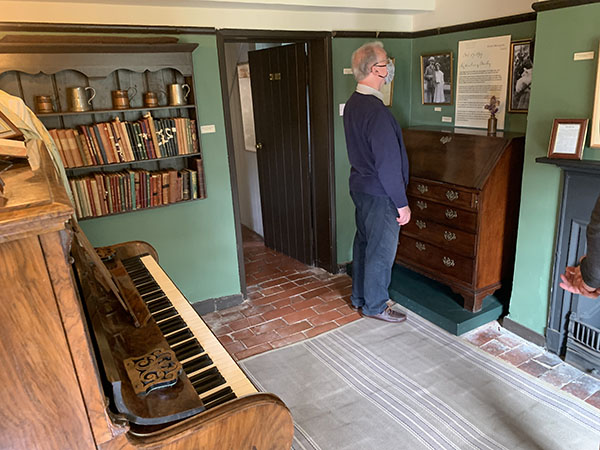
At the end of the garden is a statue of Elgar sitting on a bench.
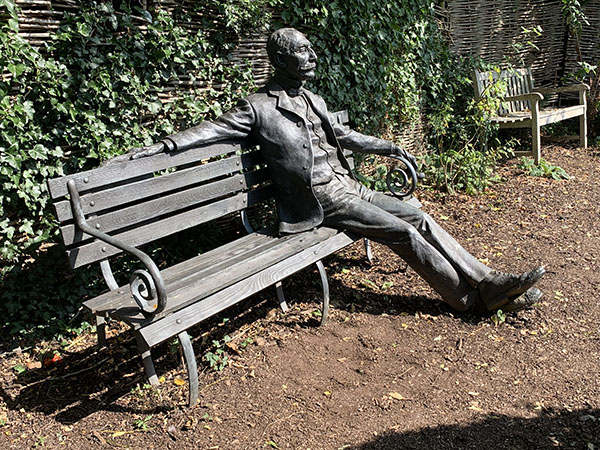
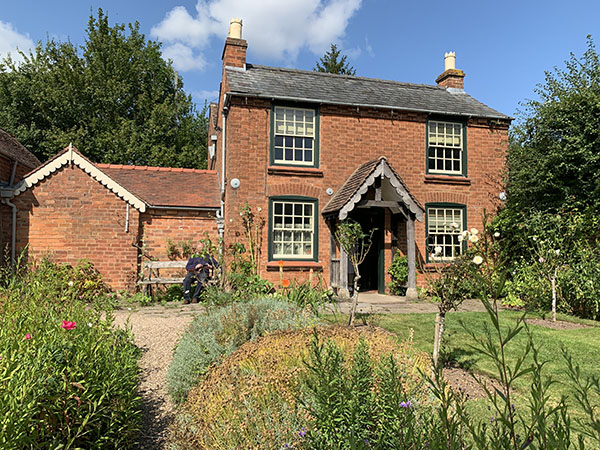
Elgar had a love of dogs, and his dogs are buried in the garden.
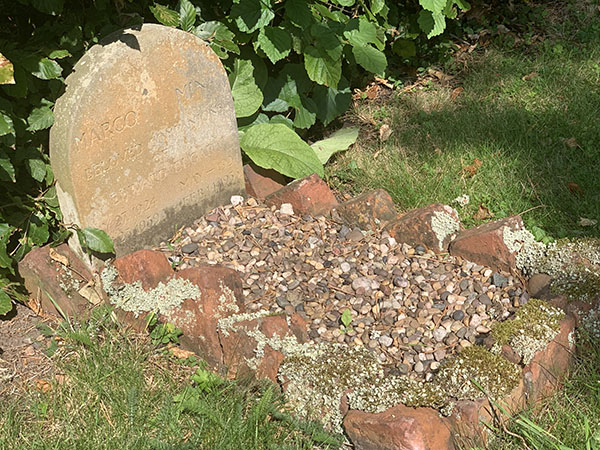
I was not familiar with Elgar or his music before the visit. I think that one item to improve would be to have the music played in the museum or house for visitors who are not familiar with it to learn more. The film had some short clips of his music, but I felt that I did not get a huge sense of understanding of it and its importance.
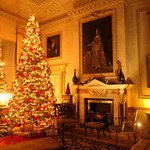
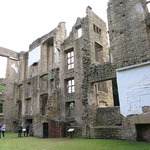
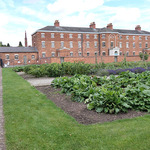
Leave a comment